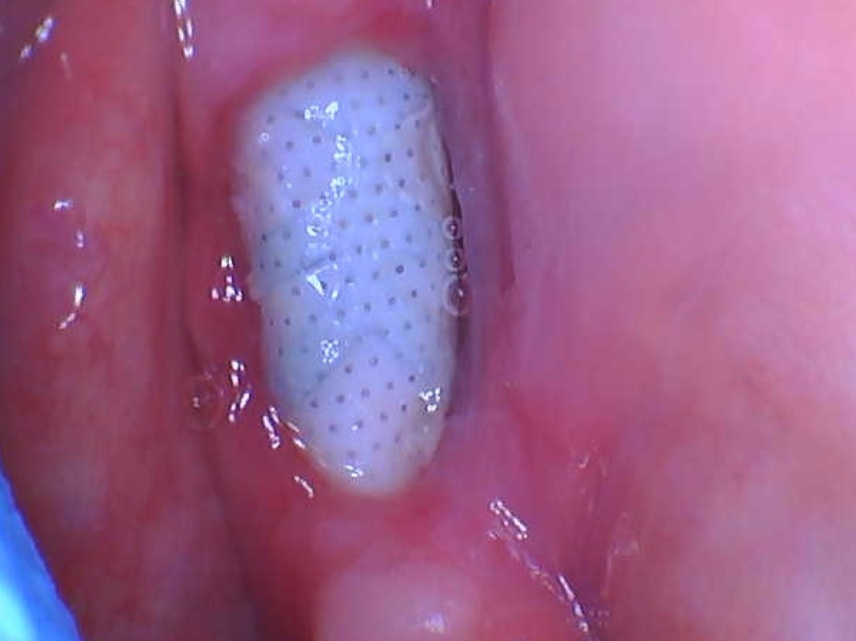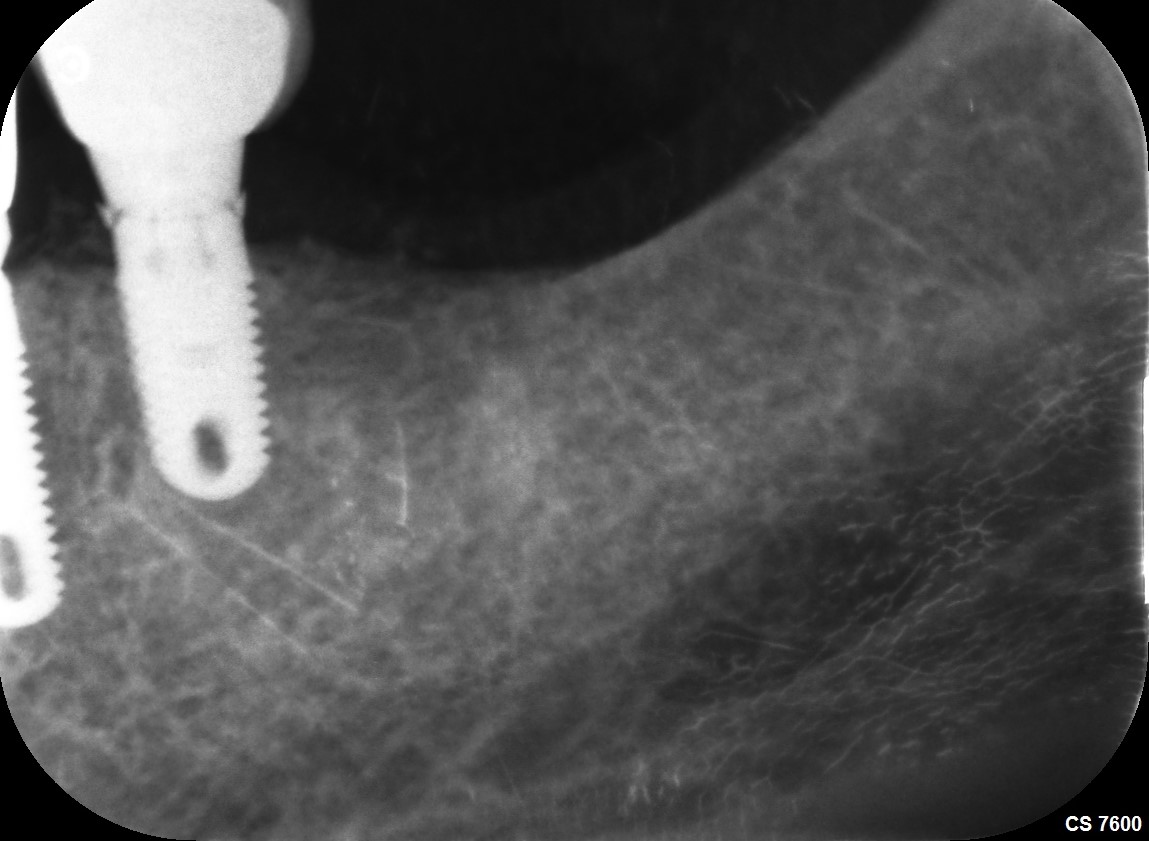Immediate Implant with Maxillary First Molar: advice on placement?
I recently did an extraction of a maxillary first molar with immediate placement of the implant. It was an atraumatic extraction, but I lost the buccal wall of the osteotomy of the interradicular septum. Since I had bone in the apical area, I placed an 4.5x13mm implant with primary stability close to 20 Ncm. The pre-operative and post-operative x-rays are attached. Clinically the implant platform was about 1-2 mm from crest of buccal and palatal bone and 5 mm from gingival margin. Do you think it is deep? I augmented the site with DFDBA mixed with PRF and covered the site with a collagen membrane. I am planning to wait 6 months. Will have prosthetic difficulties later?
What do you think of the implant placement? Interested in advice for improvement.





















